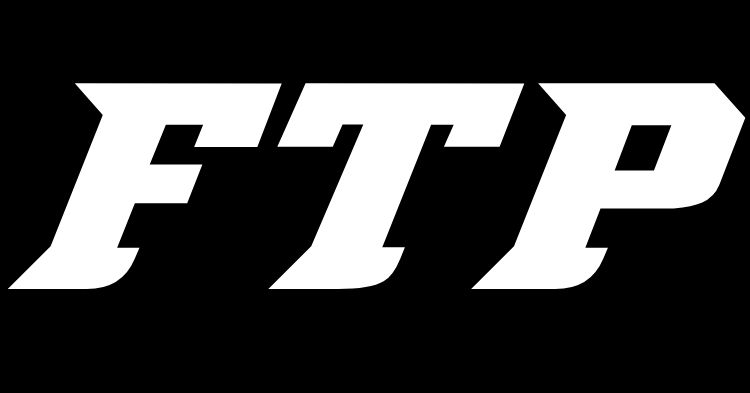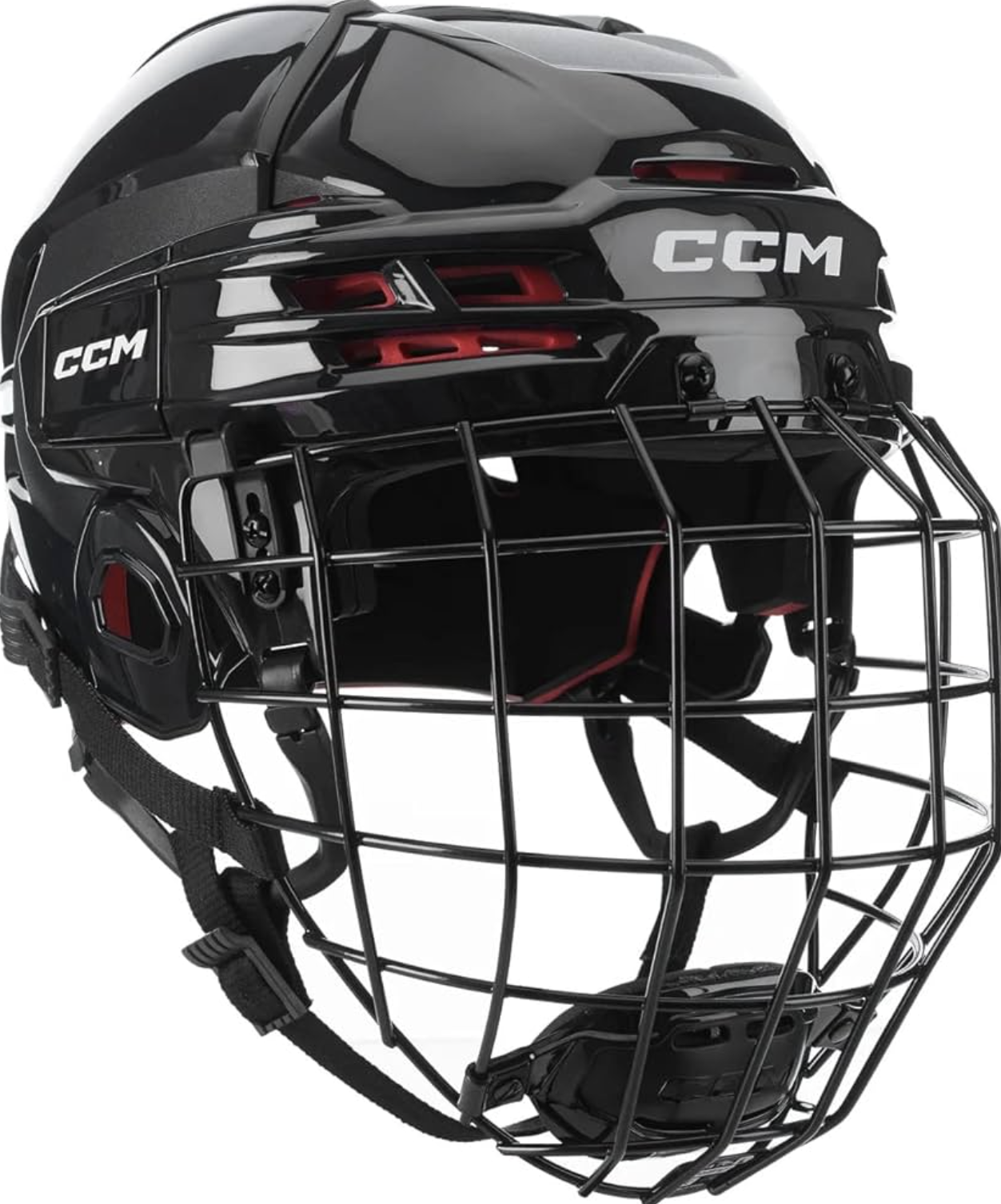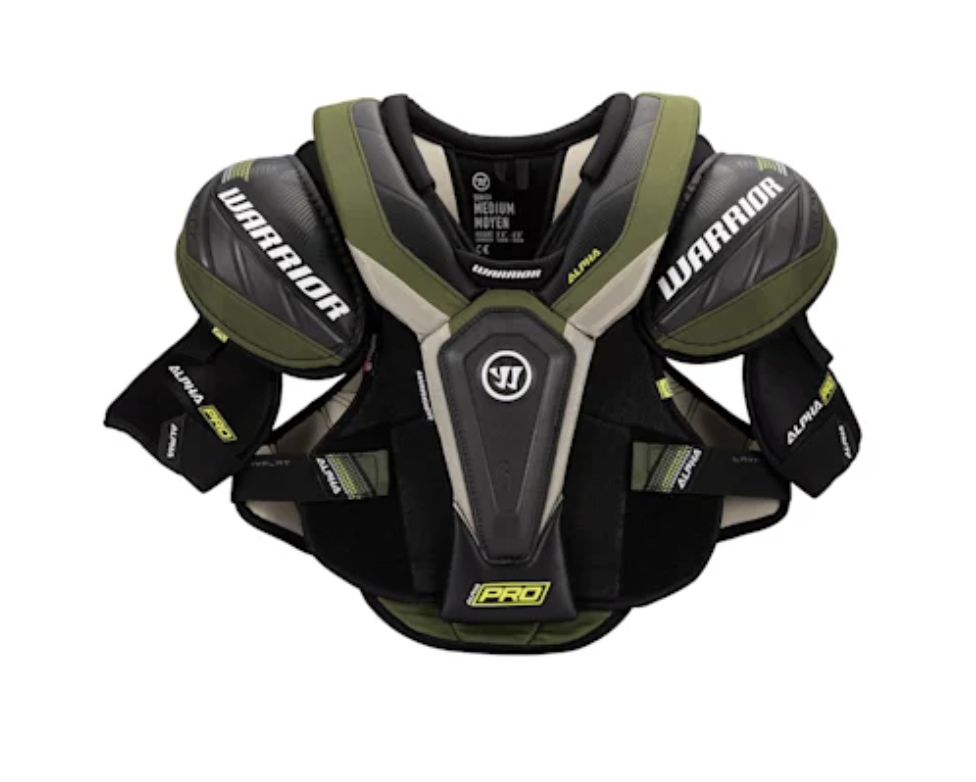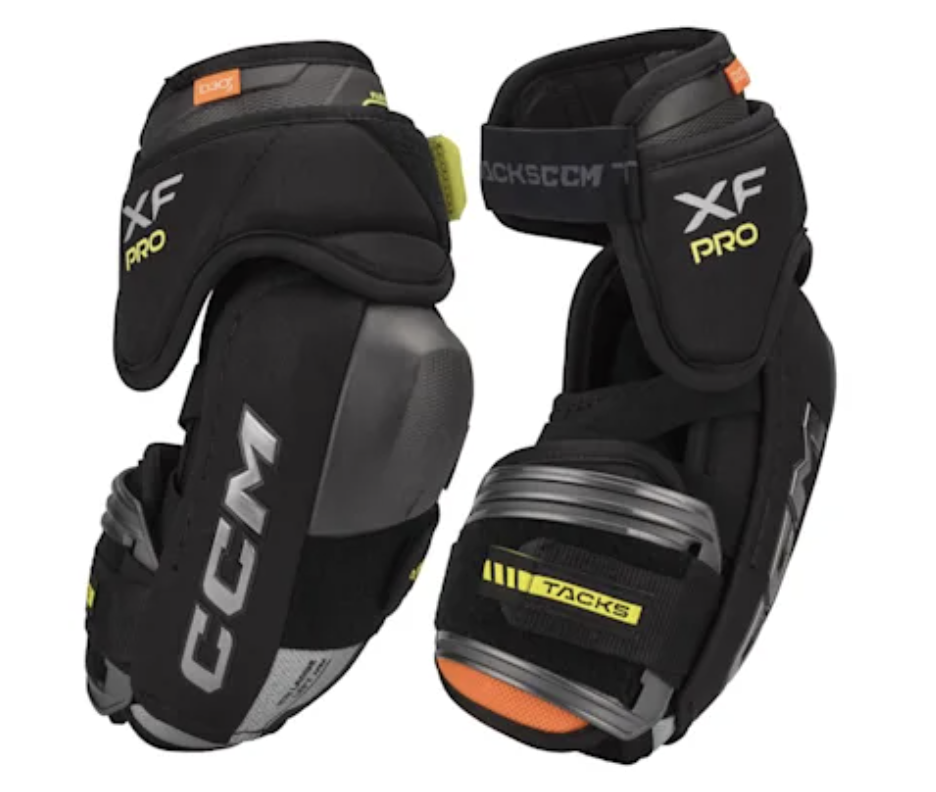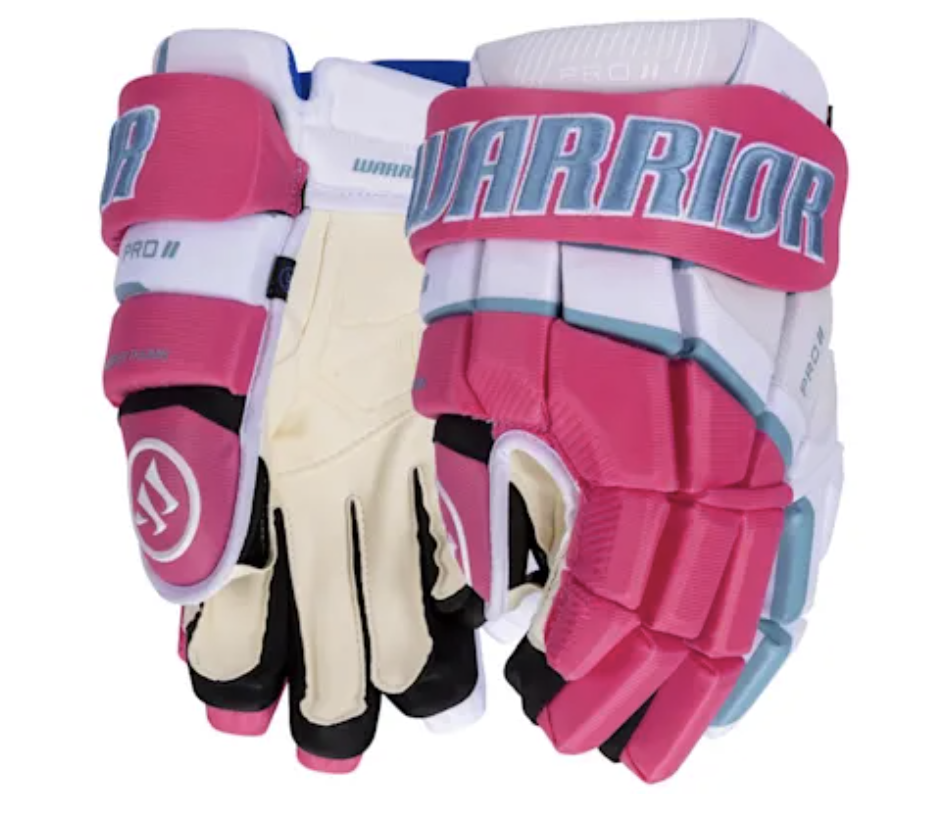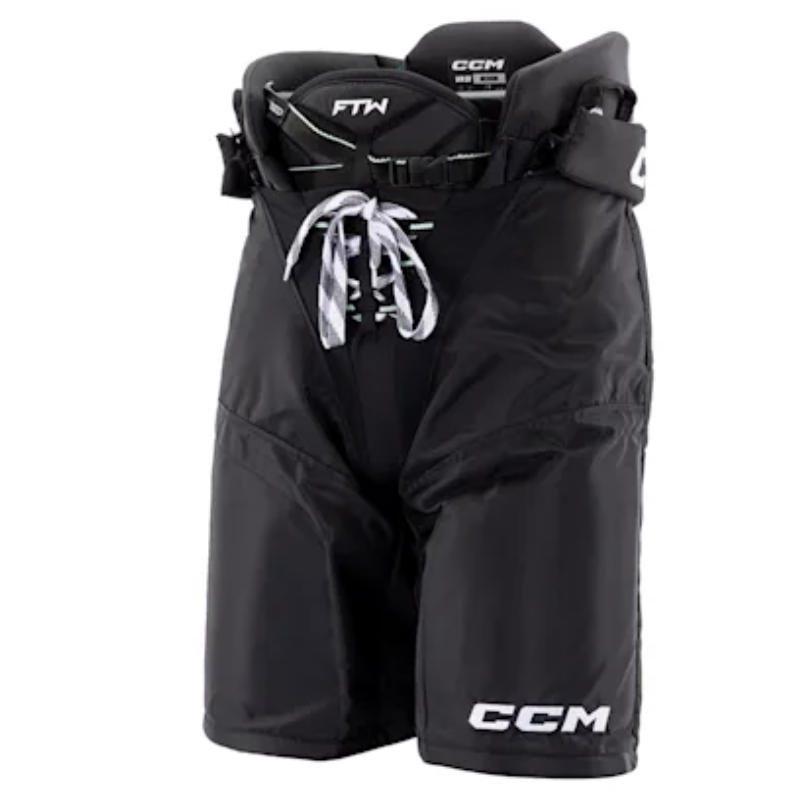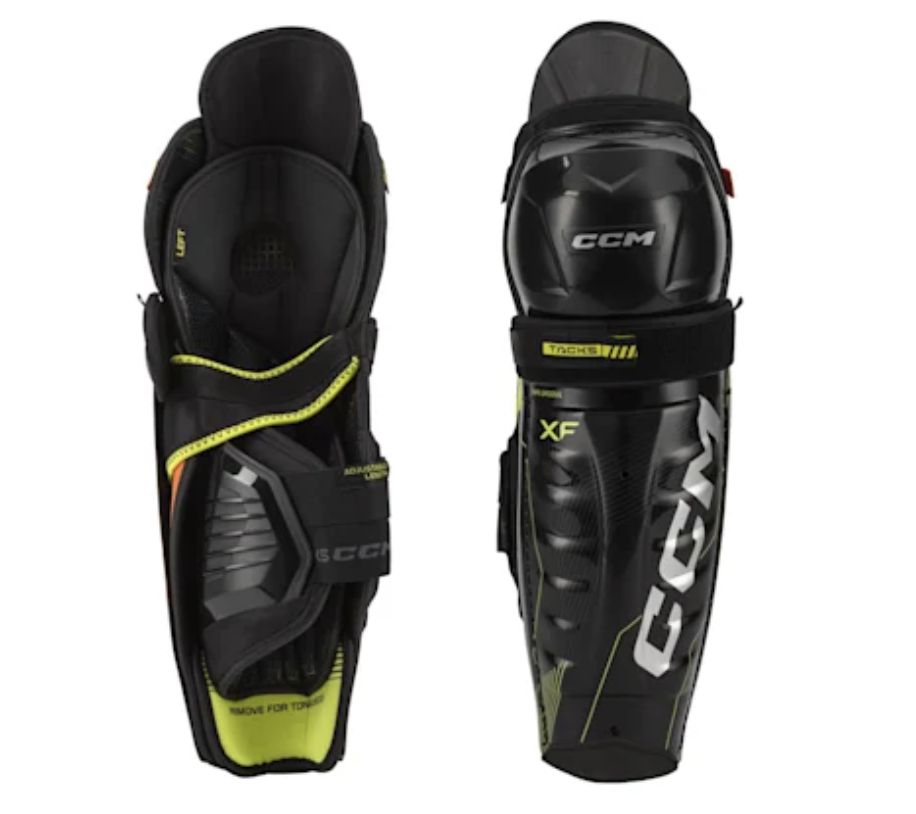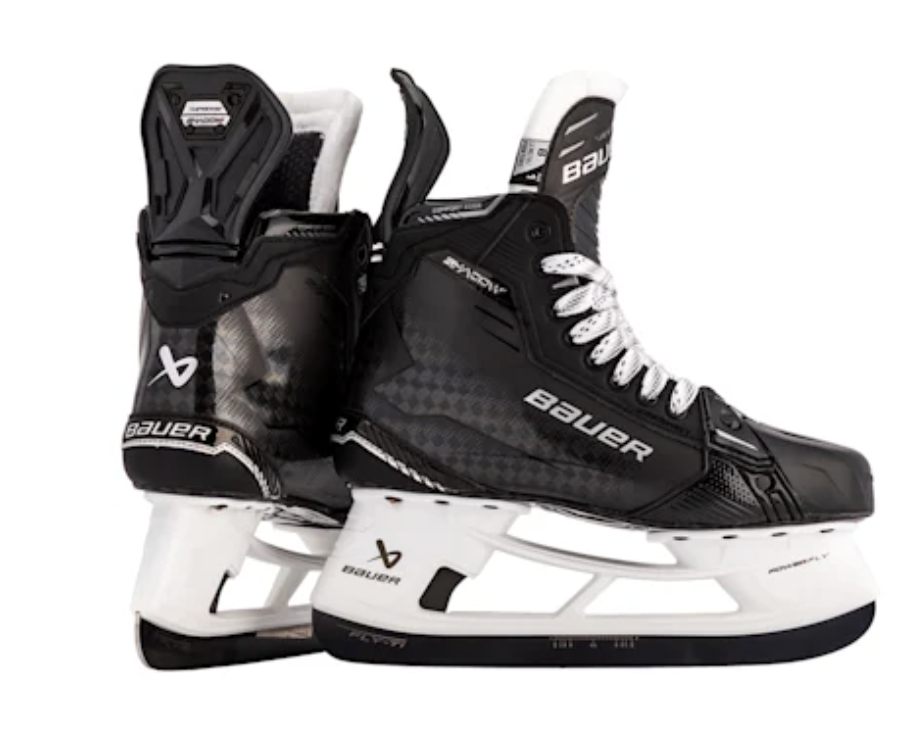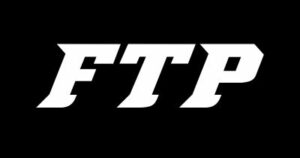Head to Toe: The Importance of Wearing the Right Hockey Equipment
Let’s be honest — hockey is one of the coolest, fastest, and toughest sports on the planet. It’s also one of the only sports where flying rubber, swinging sticks, blades, and walls are all just “part of the game.” So yeah, the gear you wear matters — a lot.
Whether you’re just getting into the game or you’ve been lacing them up since mites, having the right hockey equipment isn’t just about looking like a pro (although that’s a nice bonus). It’s about staying protected, playing confidently, and maybe even avoiding the dreaded ER visit from a missed elbow or misjudged slapshot.
🧠 Head First: Helmets Aren’t Optional
A protective hockey helmet is designed to shield a player’s head from impacts, falls, and flying pucks, helping reduce the risk of concussions and serious injuries. It features a hard outer shell, interior foam padding, and often a cage or visor to protect the face, ensuring both safety and comfort on the ice.
Funny but true: Your brain is kind of important.
Your helmet is your most critical piece of gear. It should be HECC-certified, fit snugly, and never rattle when you shake your head. And don’t forget the cage or visor — missing teeth are only cool if you’re already in the NHL.
🧥 Shoulder Pads: Because Getting Crunched Isn’t a Vibe
Shoulder pads are designed to shield the shoulders, chest, back, and biceps from impacts, checks, and stray pucks while allowing players to move freely on the ice. They combine lightweight foam, reinforced plastic inserts, and moisture-wicking materials to provide high-level protection without sacrificing comfort or mobility, making them essential for safe and confident play at any level.
Shoulder pads aren’t just for big hits. They also protect your collarbone, chest, and upper back. The good ones feel light, but offer serious protection when you’re caught admiring your pass and get flattened along the boards.
🦾 Elbow Pads: More Than Just Arm Bling
Elbow pads are built to guard the elbows, forearms, and upper arms from falls, slashes, and collisions on the ice. They feature a hard outer shell combined with soft inner padding for impact absorption, plus adjustable straps to ensure a snug, secure fit — all designed to keep players safe without restricting their movement or stickhandling.
Ever land elbow-first on the ice? Yeah, not fun. Elbow pads keep your arms intact when you fall, get slashed, or dive across the crease trying to save a goal you probably shouldn’t have gone for.
🧤 Gloves: For Your Hands, Not Just the Fight
Hockey gloves are designed to shield a player’s hands, fingers, and wrists from slashes, pucks, and impacts while maintaining excellent flexibility and stick control. They combine reinforced padding, strong outer materials, and a soft, grippy palm to provide both high-level protection and comfort, ensuring players stay safe without sacrificing feel or performance on the ice.
Your hands control everything in hockey: your stick, your shot, your celly. Gloves protect your fingers and wrists from slashes, pucks, and random skate blades. Bonus: they help you avoid looking like you shredded your hands in a wood chipper.
🩳 Breezers (a.k.a. Pants): The Unsung Heroes
Hockey pants (also called breezers) are built to safeguard a player’s hips, thighs, tailbone, and lower spine from hard checks, falls, and flying pucks. They feature durable outer shells with reinforced padding, flexible panels for ease of movement, and secure belts or lace-up systems to ensure a snug fit — all designed to keep players protected and mobile during intense on-ice action.
They might look bulky, but breezers protect your thighs, hips, tailbone, and kidneys. That’s right — your kidneys. There’s nothing worse than taking a puck or hip check without good padding down low.
🦵 Shin Pads: Saving Legs Since Forever
Shin pads are designed to shield a player’s knees and shins from pucks, sticks, and collisions on the ice. They combine a hard outer shell with impact-absorbing foam, extended calf protection, and secure strapping systems to keep them firmly in place. Well-made shin pads provide maximum protection without limiting mobility, helping players skate, block shots, and battle in corners with confidence.
Slapshots to the shin with no padding? Absolutely not. Good shin guards cover from just below your knee to your skate tongue and should stay in place without slipping mid-shift.
🧦 Skates: Not Just Sharp Shoes
Hockey skates are designed to provide players with a secure, supportive fit while shielding their feet, ankles, and toes from pucks, sticks, and collisions. Built with durable outer shells, reinforced toe caps, stiff ankle support, and high-quality steel blades, they offer a balance of protection, stability, and agility — allowing players to skate confidently, make quick cuts, and perform at their best without compromising safety.
Your skates should fit like a glove, not a sneaker. Too loose and you’ll lack control. Too tight and you’ll feel like your toes are being strangled. Invest in good skates — they’re the engine of your game.
🧢 Neck Guards & Mouthguards: Small Gear, Big Impact
Neck guards are often required at the youth level (and honestly should be everywhere). They protect your throat from flying pucks and blades. Mouthguards protect your teeth and reduce the risk of concussions. Wear them.
🧊 Bonus: Don’t Forget the Jock or Jill
This should go without saying, but here it is: protect the “goods.” Whether you’re male or female, wearing proper groin protection is non-negotiable.
✅ The Ultimate Hockey Gear Checklist:
-
Helmet + Cage/Visor
-
Mouthguard
-
Neck Guard (if required)
-
Shoulder Pads
-
Elbow Pads
-
Gloves
-
Hockey Pants (Breezers)
-
Jock/Jill Protective Cup or Pelvic Protector
-
Shin Guards
-
Hockey Socks + Jersey
-
Base Layers (for comfort & sweat control)
-
Hockey Skates
-
Stick (duh)
-
Water Bottle (you’ll need it)
-
Hockey Bag to haul it all
🏁 Final Word: Don’t Just Look the Part — Play Safe
Hockey is too fun to miss because of an injury that could’ve been prevented with proper gear. So suit up, tape those shin pads, and get on the ice knowing you’re ready for whatever the game throws your way. Even if it’s a 90 mph clapper to the leg.
